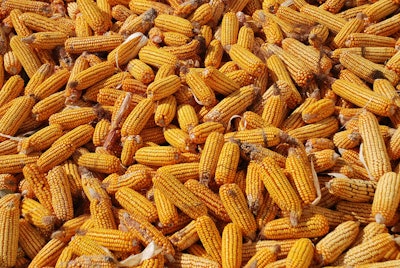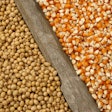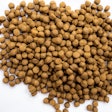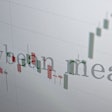
U.S. corn exports are on track for a new record this year despite global trade tensions, but farmers are set to harvest an equally large crop this fall.
The U.S. Department of Agriculture announced Friday that corn exports could reach 71.7 million tons by the end of the marketing year, millions of tons larger than the current record of 68.3 million tons from 2020/21.
The news saw corn prices jump from $3.99 per bushel on Friday to $4.25 midday Monday, and soybeans followed a similar trend. But the price hikes are unlikely to last, according to Faith Parum, an economist with the American Farm Bureau Federation. According to Friday's World Agriculture Supply and Demand Estimates from the USDA, the U.S. is set to harvest some 16.8 billion bushels of corn and 4.3 billion bushels of soybeans.
Planted area for both corn and soybeans rose this year in the U.S., according to USDA; if fully realized, the U.S. will harvest the largest corn acreage since 1933.
“There's going to be a lot of corn on the market this year, and that is going to drive feed prices down,” Parum said.
USDA held its on-farm corn price steady at $3.90 per bushel, but cut the average on-farm price for soybeans by ten cents.
The U.S. soybean exports have dropped in recent months, Parum said, but overall export traffic remains strong while the Trump administration continues to negotiate trade deals with key countries such as China. That has left corn and soybean markets in something of a holding pattern, while traders wait to see which way the trade winds ultimately blow.
Farmers have enjoyed favorable weather throughout much of the world, which means countries outside the U.S. will also produce large crops this year—though according to the USDA, the U.S. is likely to remain the world's largest exporter of corn.
But at the farm level, Parum said, corn and soybean producers are struggling to make ends meet amid rising input costs and falling prices. Though not yet at the record highs seen in 2022, fertilizer prices have crept upward this year, with phosphates in particular rising 36% in the last eight months. Potash prices are up 21% on concerns about trade tensions with Canada, and ammonia remains volatile due to rising natural gas prices.
Those factors have led to an increase in farm bankruptcies which, if the trend continues long term, could eventually lead to higher feed prices, Parum said.
















